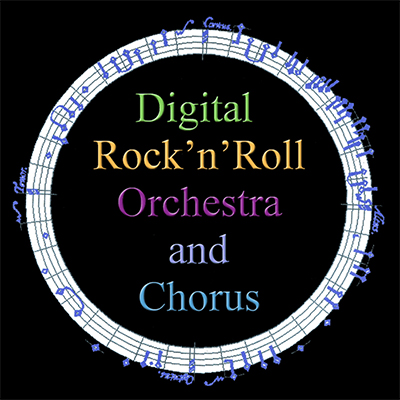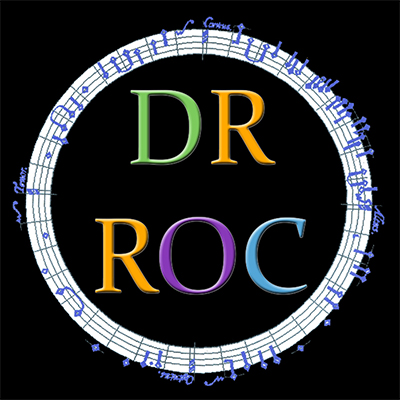
|
Basics |
Audio |
Details |
Configuration |
Credentials |
|
Development |
Music |
Experience |
vs. Speakers |
Appendix |
THE DEVELOPMENT
|
When I began exploring digital three dimensional sound/music several years ago, it became obvious to me very quickly that to be able to direct the number of sound sources (musical instruments) I hear in my head to the number of outputs required to render all the high quality digital audio samples in three dimensions IN REAL TIME neither a dual-core nor a quad-core computer were capable of performing up to that standard. My first explorations began using a dual-core CPU based computer and I exceeded its limits very quickly. The computer was only able to perform the multiple drum rhythms, two/three bass guitar parts and several guitars plus a few orchestra parts in real-time without stuttering excessively (having to stop to buffer repeatedly because playing the high quality digital audio samples exceeded the available CPU cycles per second). And it did not take much longer for me to max out a quad-core CPU based computer either as I was only able to add around half a dozen more orchestral and choral parts beyond the dual-core limitations before the stuttering/buffering became unbearable again. As the examples elsewhere on this website demonstrate, I hear more instruments/sounds than that in my compositions. Starting with a complete rock’n’roll rhythm section - usually comprised of several guitars and multiple drum parts - PLUS I compose and orchestrate/arrange using a digital sonic palette that includes an entire orchestra (both traditional and synthesized) AND multiple choirs. So I saved my money and earlier this year I finished purchasing all the components and assembled my version of the most powerful - read most CPU cycles per second - computer available. There is another AMD CPU that is faster but that additional twenty percent speed increase comes with the consequence of excessive heat that must be a design consideration. Even the slower AMD FX8350 CPU I am currently using REQUIRES liquid, not air, cooling because of the increased heat factor. And right now, even after adding twice as many more channels of instruments as the quad-core CPU could handle, the eight-core CPU I have installed has not reached half of its CPU’s potential when playing under maximum load. For instance, a few of my compositions actually take between seven and nine GB of RAM (digital audio samples again) to run on top of the 2 GB of RAM the Windows 7 operating system takes to function - which is why my design includes a MINIMUM of 16 GB of RAM. After that detailed description, we would like to properly introduce you to Chaz's digital partner - the kickass musical computer described above is called the
for short based on its initials. For more information you can visit the DR ROC website, still a work in progress, at - In as few words as possible, the Digital Rock’n’Roll Orchestra and Chorus performs music LIVE in (up to) three dimensions using a Stereo Quadraphonic 3D sound system – again, stating the basic principle in as few words as possible - stereo plus quadraphonic equals three dimensions – straight out of Chaz’s 3D animation textbooks! |
|
Basics |
Audio |
Details |
Configuration |
Credentials |
|
Development |
Music |
Experience |
vs. Speakers |
Appendix |
All Content is © Copyright 2013-2021
by Chaz Williams
All Rights Reserved


